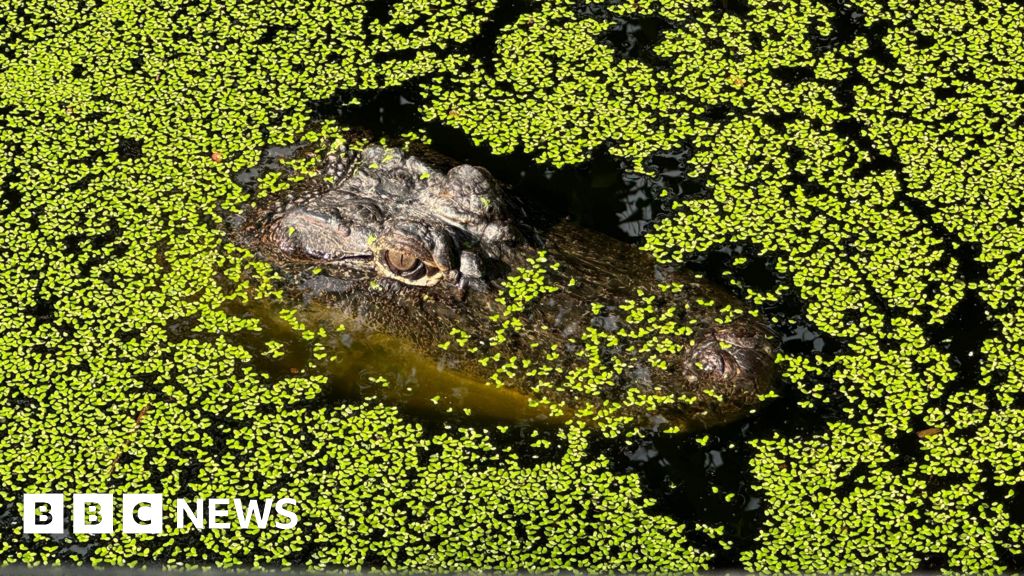YouTube Video Here: https://www.youtube.com/embed/6NgBjdPV2Zs?feature=oembed&enablejsapi=1
When one thinks of extraterrestrials, Japan probably isn’t the first place that comes to mind. But Japan is home to compelling and strange stories of unexplained visitors. It has also been the site for a famous account of a USO (Unidentified Submerged Object) and a mysterious passenger. Also, Japan is the home to one of the most unusual monolithic stones we’ve seen as well as pyramids. (Is there anyplace without pyramids?)
On the eastern coast of the Hitachi province in Japan, a strange rounded USO was dragged ashore by fishermen in 1803. Three similar texts described the round “Utsuro-Bune” (hollow ship) and a female occupant found alive inside.
The hollow ship, which was six meters wide and almost four meters high, had metal plates and bars with glass windows on it. It was said to resemble a large incense burner. A hatch opened, and a young woman who appeared 18-20-years old stepped out. In western circles, she is called “The White Princess,” and she was clutching a strange quadratic box.
She spoke an unrecognizable language and wore clothing of fabrics the villagers had never seen. Inside the ‘ship,’ there were strange writing and more unique materials they likened to bedsheets or carpet. Although she was friendly, she spoke an unknown language.
According to How Stuff Works:
“The metal bands and hard glass windows were nothing the fishermen had seen before. And the writing on the ship has been compared to similar alien symbols found on the hulls of crafts from Roswell, New Mexico and the Rendlesham Forest incident.”
 Comparison of the Utsuro-Bune symbols to those from RAF Bentwaters and Roswell via Mysterious Universe
Comparison of the Utsuro-Bune symbols to those from RAF Bentwaters and Roswell via Mysterious Universe
You can listen to a podcast discussing this encounter from Mysterious Universe below:
The woman stood around four feet nine inches tall with pale skin and red hair and eyebrows. Her hair was artificially extended with strands of white fur or fine fabric. However, the drawings of her in the texts showed a woman who didn’t match the descriptions for some unknown reason.
 Utsuro-bune via YouTube (see video below)
Utsuro-bune via YouTube (see video below)
One historian, Yanagida Kunio, suggested that the woman may have been set out to sea in a round boat, which was not unheard of at the time. The object never flew but merely drifted in the water. The Toen shōsetsu text suggests she may have been daughter of a king in a foreign land. Perhaps she had broken her marriage vows, and the object inside the box was the severed head of her lover.
Although the text noted the cruelty of her situation, the villagers decided to put her back inside the craft and pushed her back out to sea.
“From a humanitarian viewpoint, this treatment is too cruel for her. However, this treatment would be her destiny.”
It’s a disturbing, fascinating, and unexplained story from beginning to end.
Further to the south at Asuka Park, there is an 800-ton monolithic granite carving resembling the description of the Utsuro-Bune. It’s called the Masuda-no-iwafune (the ‘rock ship of Masuda’). The monolith is 36 feet in length, 26 feet in width and over 15 feet in height. Lattice shaped carvings at the base are thought to indicate some unknown process to shape the rock. There are also two three-foot square hole cut into the solid rock.
 Masuda-no-Iwafune via Wikimedia, public domain
Masuda-no-Iwafune via Wikimedia, public domain
Ancient Origins suggests the structure might have been created to commemorate the creation of the Masuda Lake, which was later drained.
Other theories are that the monolith was an ancient astronomical observing station or a tomb for a royal family, though no bodies have been found. Where have we heard that one before? *Cough* Egypt.
 Another view of the same Masuda-no-iwafune by 8-hachiro via Wikimedia Commons (CC BY-SA 3.0)
Another view of the same Masuda-no-iwafune by 8-hachiro via Wikimedia Commons (CC BY-SA 3.0)
Ancient Astronaut theorists Takeharu Mikami and Giorgio A. Tsoukalos traveled to visit the site in 2017. They believe Masuda-no-iwafun might represent a Sky Boat told in Japanese mythology. Is this structure meant to represent a UFO or something else? Nobody knows for sure, but the look is undoubtedly otherworldly in appearance.
See more from the History Channel
Featured image: Masuda Iwafune by 8-hachiro via Wikimedia Commons (CC BY-SA 3.0)

 Movie
Movie 1 month ago
41
1 month ago
41 






![Presidents Day Weekend Car Sales [2021 Edition] Presidents Day Weekend Car Sales [2021 Edition]](https://www.findthebestcarprice.com/wp-content/uploads/Presidents-Day-Weekend-car-sales.jpg)



 English (United States)
English (United States)